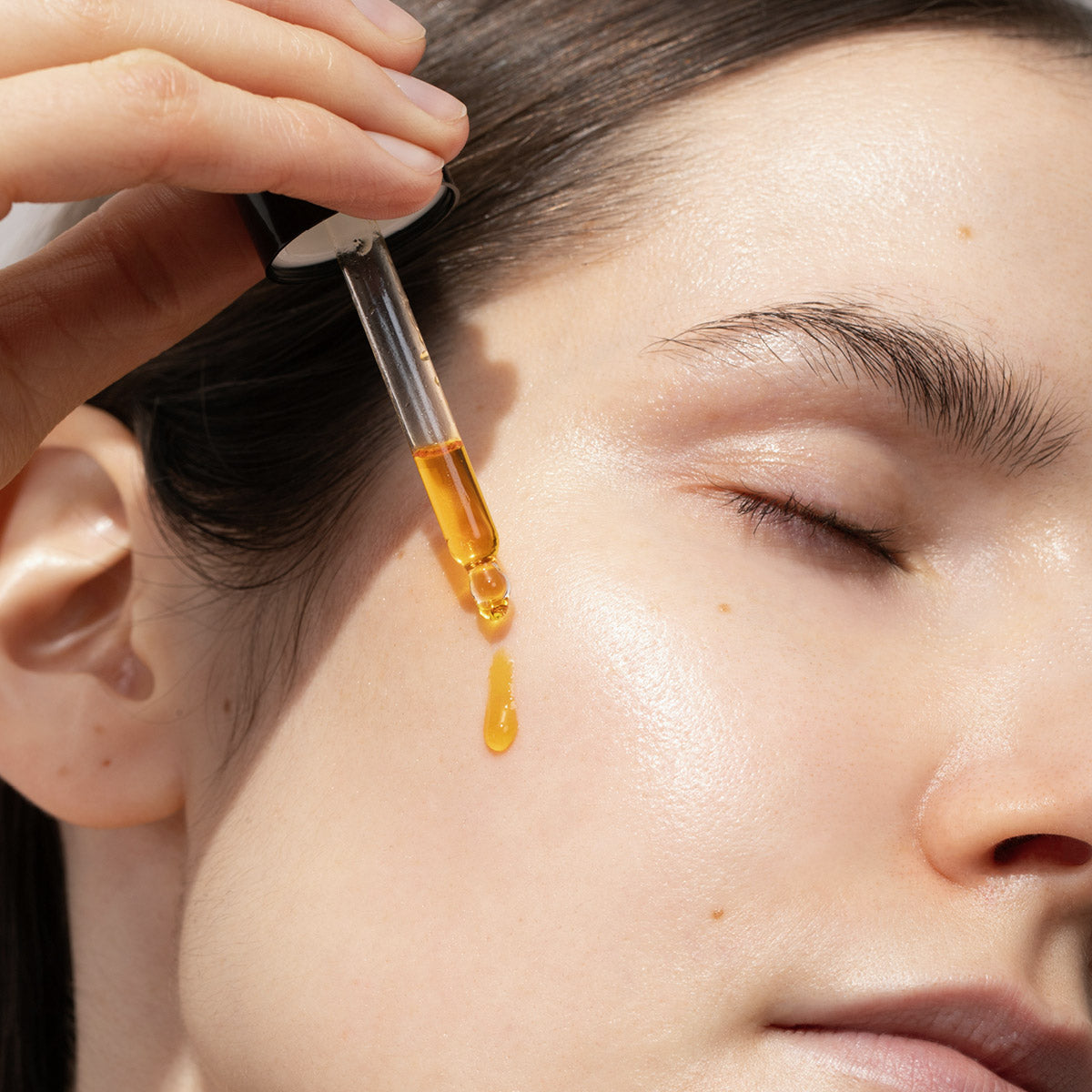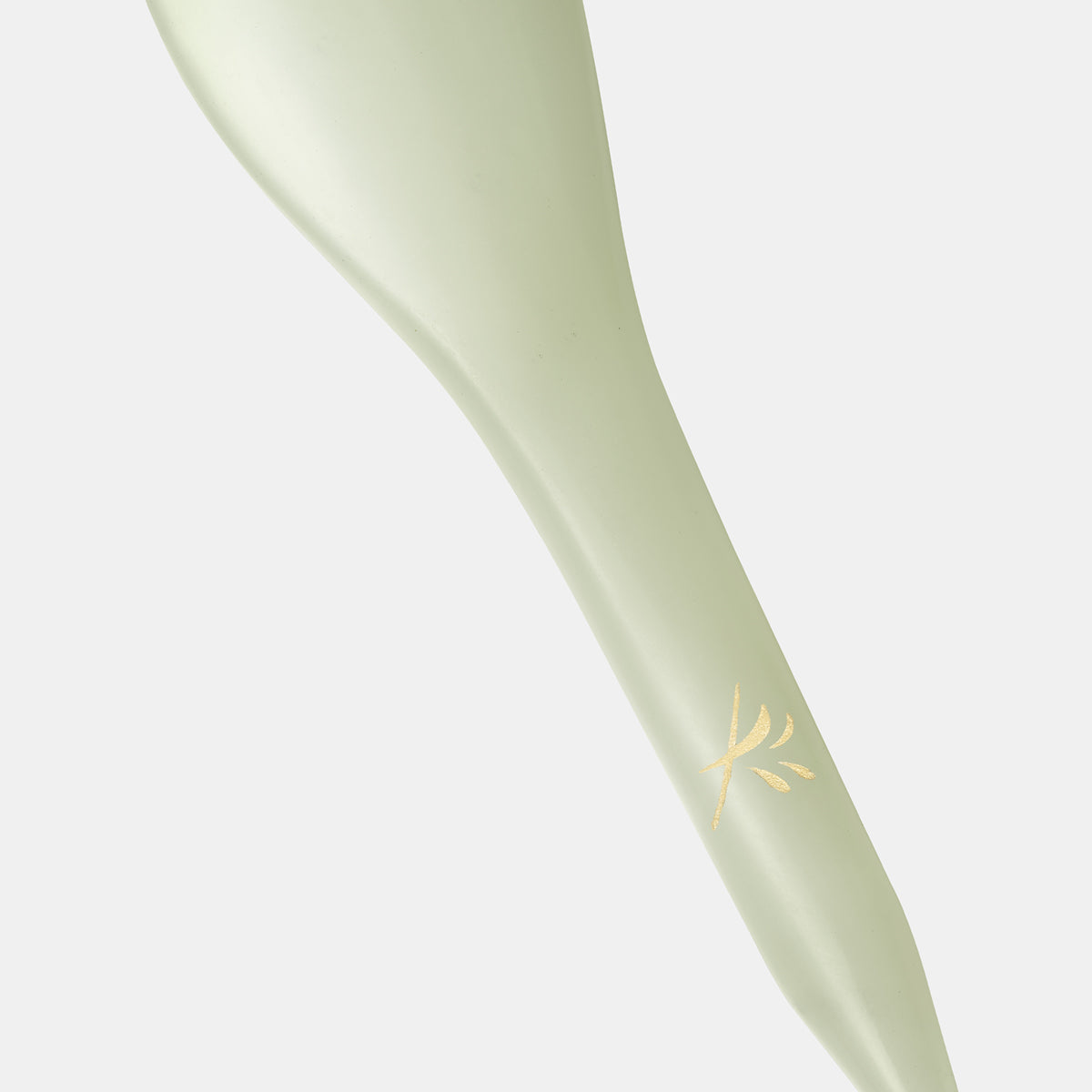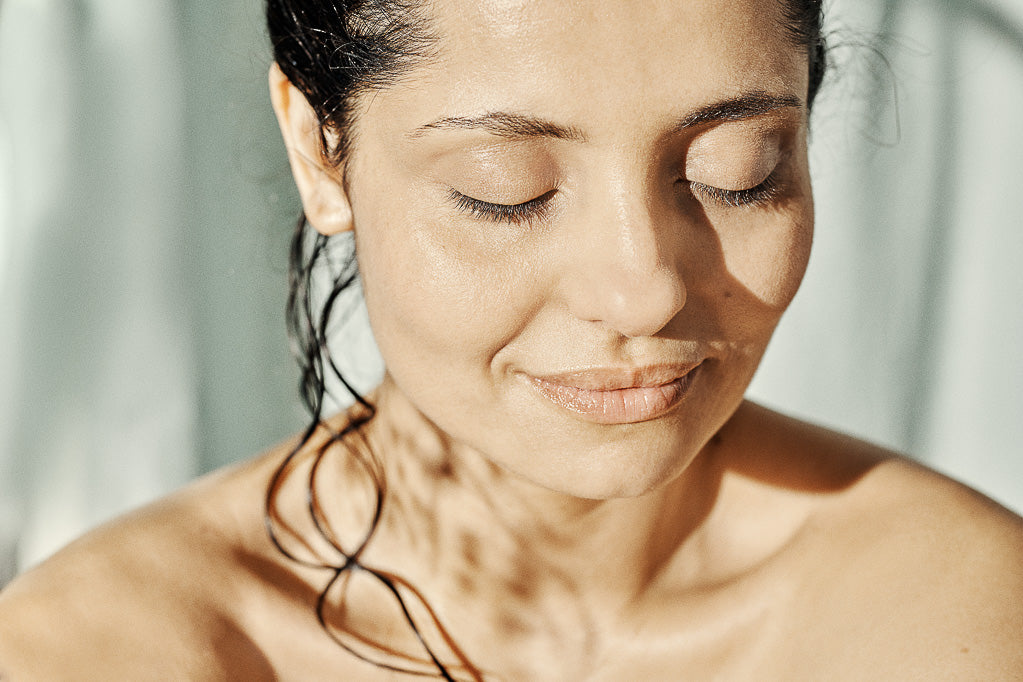What happens underneath the skin when we age?
What happens underneath the skin when we age? How the signs can be seen on our face and how to prevent them naturally?
As we age, all functions of the skin slow down. One of the most significant changes is the loss of elasticity and hydration of connective tissues.
This is due to reduced function of fibroblasts, which produce the collagen, elastin, and the ground substance of extracellular matrix – fluid that hydrates the tissues and allows smooth gliding of the tissues against each other.
In the adipose tissue (the fatty layer), vertical ligaments made from collagen support the skin and separate the fat into compartments. These compartments are called fat pads. As we age, the ligaments become more fragile and loose, causing the fat pads to lose their places.
The facial fat is reduced when we age
The facial fat is important for the shape, volume, and support of the skin – even though we have been told to see fat as a negative thing. The facial fat is reduced as we age, which also results in fat pad displacement, because the fat supports the vertical ligaments. So the fat pad displacement happens for two reasons: because the fat atrophies, and because the ligaments made from collagen become more fragile.
The boundaries between fat pads become noticeable. This happens especially around the nasolabial and marionette lines, under the eyes and on upper eye lids.
Facial bones and muscles changes too
Also, facial bones undergo resorption with aging. This naturally changes the positions of the tissues above the bones. The zygomatic bone (the cheekbone) shrinks, eye sockets enlarge, and the jawbone shrinks. Facial muscles shrink and their functions weaken.
Muscles tend to be slightly contracted with age, reducing their range of motion, and making them stiff. This deepens the lines that come from facial expression.
Why is facial gua sha a winning healthy-ageing skincare method?
Facial gua sha effectively addresses wrinkles by releasing tension in mimetic muscles and creating space within the connective tissues. This softens stiff tissues and alleviates tension in the mimetic muscles.
The technique behind Yin Your Skin facial gua sha relies on gentle, deliberate strokes that apply mechanical tension. These strokes stimulate mechanoreceptors, which, in turn, impact the central nervous system. The result is a release of tension in the connective tissue and muscles, enabling the reshaping and reorganization of the tissues and fibers.
Furthermore, this mechanical tension also flushes the tissues, akin to squeezing a sponge. As this occurs, fluids containing free radicals are expelled from the tissues, making room for them to be replenished with fresh fluids and oxygen once the tension is relieved. This technique enhances tissue hydration and the frictionless glide of tissues against one another. The skin become vital and bright, sagging skin gets more firm and the facial feature accentuates.
Who can practice facial gua sha?
The simple answer is anyone. Anyone can master the technique of facial gua sha and enjoy outstanding effects. All it requires is professional guidance and some practice. Yin Your Skin Complete Experience online course offers the basics of facial gua sha in an easy, practical and inspirational package.
For those who already know the basics and are ready to invest some more effort into the practice, Yin Your Skin Gua Sha Advanced Level 2 teaches the next level. We also invite you to read our article about choosing the gua sha tools that will best suit your level and practice.





